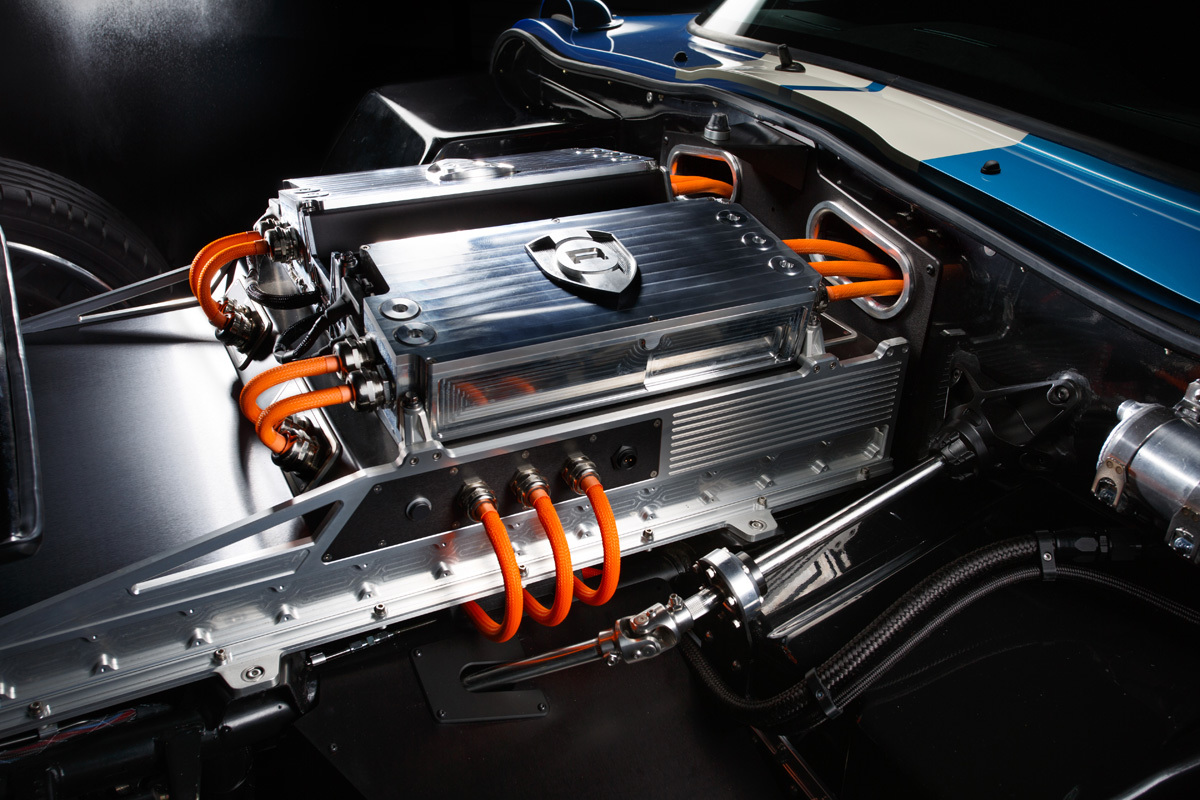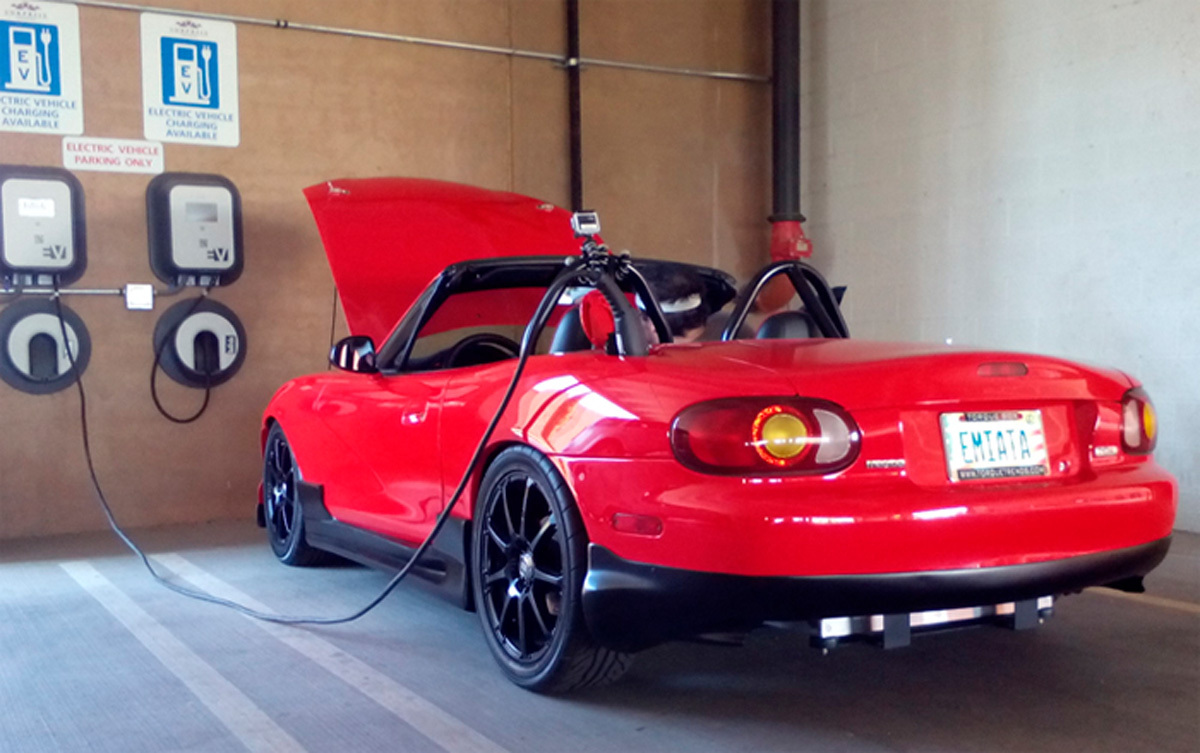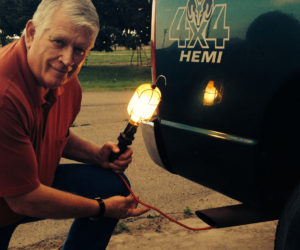
Electric Vehicles — Where’s The Juice?
Some automotive pundits feel that electric vehicles are the next big thing. Increasing numbers of OEMs shifting hundreds of billions of dollars into the development of EVs.
But are they all they’re cracked up to be? They sure look cool, for the most part, and many clearly perform well with instant power and sporty handling.
There are some downsides, however, such as “range anxiety.” That can be alleviated as battery technology improves, resulting in greater energy density, faster charging and longer life.
Higher prices for EVs are a concern as well, but cheaper sodium-based, solid-state batteries are in the works (from the inventor of the lithium-ion technology among others).

While these blue-sky promises might sound appealing, here are some facts to bring us back to earth. According to a report from the Manhattan Institute by Mark P. Mills entitled The “New Energy Economy”: An Exercise in Magical Thinking:
• A 100x growth in the number of EVs to 400 million on the roads by 2040 would displace only 5% of global oil demand.
• Replacing U.S. hydrocarbon-based electric generation over the next 30 years would require a construction program building out the grid at a rate 14-fold greater than any time in history.
• For security and reliability, an average of two months of national demand for hydrocarbons are in storage at any time. Today, barely two hours of national electricity demand can be stored in all utility-scale batteries, plus all batteries in 1 million electric cars in America.
While lithium-ion is the current state of the art for EV batteries, there are some environmental concerns with the use of lithium. Even though lithium mining is relatively cheap, it comes with huge drawbacks in water consumption and the use of toxic chemicals. Besides these issues of pollution and energy reserves (not to mention the risk of fire from lithium-ion batteries), take a look at the density of chemical versus electrical energy, and the differences are even more dramatic:
• It costs less than 50 cents to store a barrel of oil, or its equivalent in natural gas, but it costs $200 to store the equivalent energy of a barrel of oil in batteries.
• About 60 pounds of batteries are needed to store the energy equivalent of 1 pound of hydrocarbons. At least 100 pounds of materials are mined, moved and processed for every pound of battery fabricated.
• It takes the energy equivalent of 100 barrels of oil to fabricate a quantity of batteries that can store the energy equivalent of a single barrel of oil.

Granted, some of these statistics might alter somewhat in favor of EVs as technology improves. And we have no problem with covering replicas and specialty cars with battery-only power. But EVs won’t be replacing our petroleum-powered vehicles anytime soon, despite government subsidies. That is a comforting thought for our enthusiast hobby that pays tribute to all sorts of cars with internal-combustion engines.
Here’s one final thought that might be yet another game-changer. Army researchers recently discovered quite by accident that an aluminum alloy powder, when mixed with any water-based liquid, produces hydrogen. This fuel could in turn be used for either a fuel cell or an internal-combustion engine, without the need for high-pressure cylinders. The raw materials needed are massively more abundant than lithium — and environmentally friendly too. So maybe Doc Brown got it right after all, in Back to the Future with his DeLorean’s beer can-fueled Mr. Fusion energy generator.
Steve Temple - editor@rcnmag.com











Comments for: Electric Vehicles — Where’s The Juice?
comments powered by Disqus